The Nine Best Tech Products You Won’t Have Heard of That I Tried This Year
2023 was a year rich in small but innovative pieces of consumer technology.
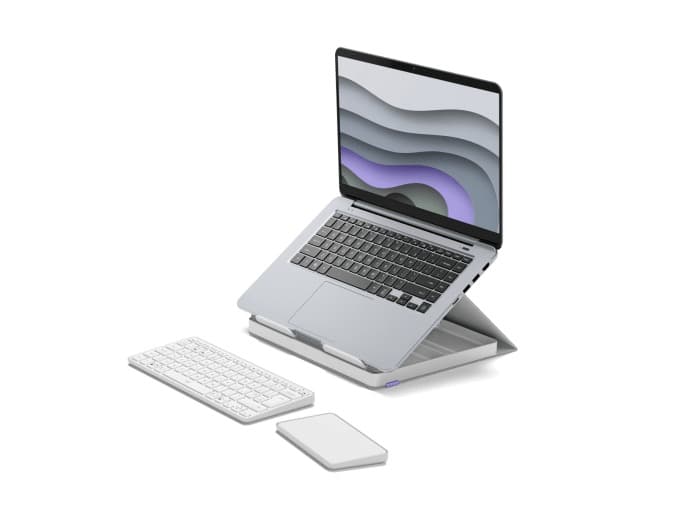
As the year comes to a close, it only feels right to round-up some of the best bits of tech I’ve tried this year. Some are cheap, some are not, but all are interesting, and a great buy for the right person. So here they are, in alphabetical order:
Deltahub Carpio 2.0 Wrist Rests
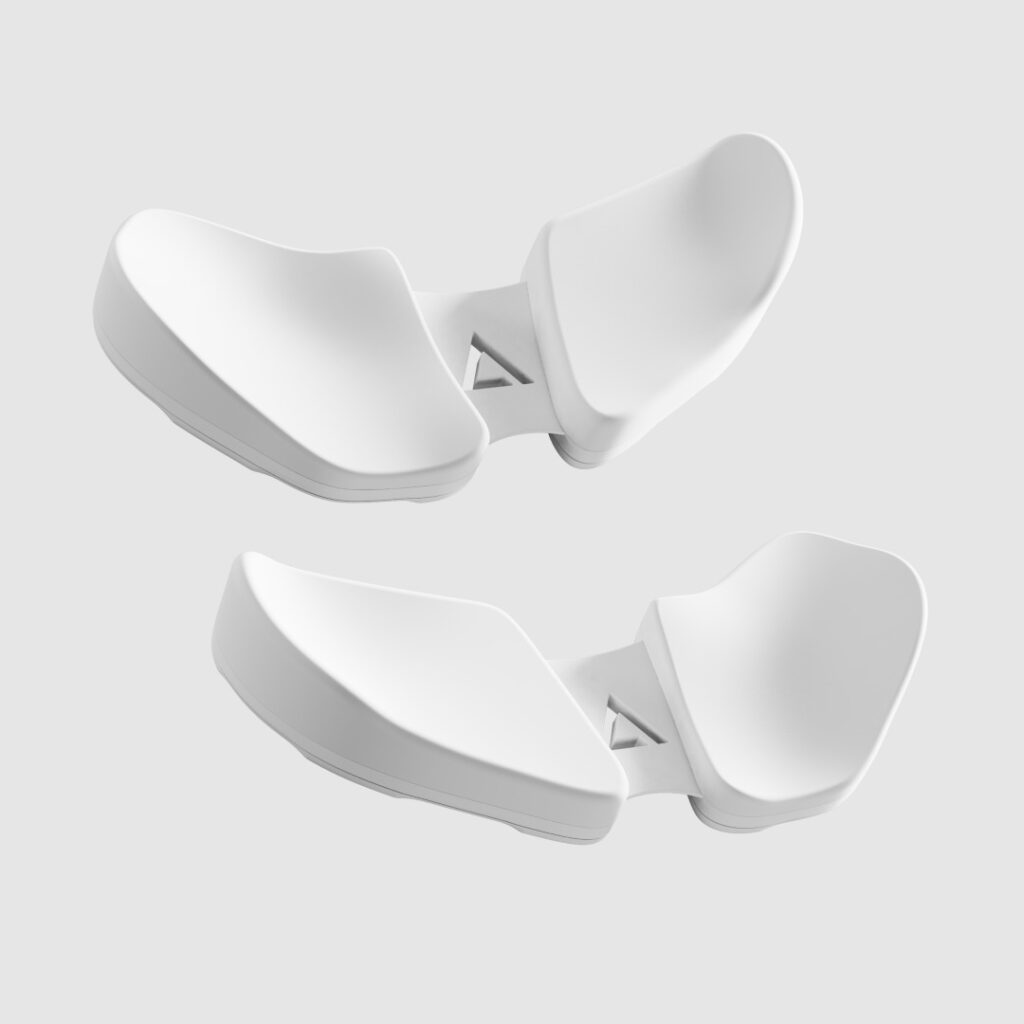
Deltahub makes one of the most important products on my desk; little plastic wrist rests, designed to rest under the palm, keeping your hands in a healthy ergonomic position and reducing wrist strain. They sound like a gimmick but once you use them, it’s impossible to go back to using a mouse without them; the comfort is so much greater.
I’ve actually used one with my mouse for several years, but I finally got a second for my left wrist, allowing me to type with them, and it’s a worthwhile upgrade. You type faster and more comfortably, all without ever lifting your hands. They’re not cheap for what are fundamentally pieces of molded plastic and rubber — $34.90 for one and $69.90 for two, and that’s without delivery — but they are fantastically well designed, surprisingly tough, and an essential tool that I would never give up.
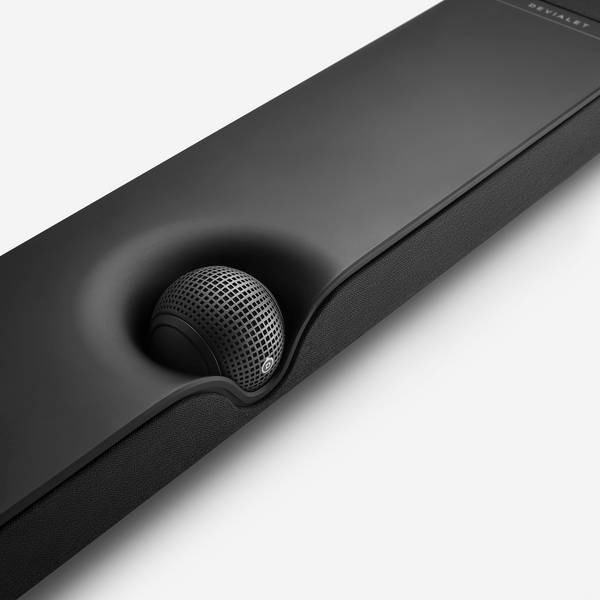
For most people, a soundbar is a cheap black rectangular speaker you shove under your TV and don’t think much about. But if you want to truly upgrade the sound quality and look of your TV setup, there’s no limit to how high you can go; and near the top is the Dione soundbar, from the high-end French audio wizards, Devialet.
Though it comes in a gold-leaf adorned Opéra de Paris version, even the classic black version of my review unit was an elegant addition to the home, with rounded corners and a polished black top which beautifully dimples in for a round ‘Orb’ center channel speaker. Sitting on a TV unit, or mounted flat to the wall, it’s not an intrusion on your home décor but comfortably sits alongside your furniture, a chic addition to your home. It’s as elegant as an almost four-foot-long speaker can be.
For features, it has everything you could need: full 5.1.2 Dolby Atmos surround sound, Bluetooth 5.0 and HDMI 2.1, and Apple AirPlay support for streaming your music– which you’ll want to do, as its audio clarity and quality is phenomenal. Aside from a big screen, if there’s one thing you can buy to bring the cinema experience back home, it’s this. And it gets loud. This combination of great design and technical excellence is not cheap — it retails for $1,999 — and though that’s a lot for the sale-bin soundbar buyer, this is a truly different category of product. The better way of thinking about it is, if you want room-filling hi-fi audio, without actually filling your room with ugly black box speakers, this is the best option you can buy.
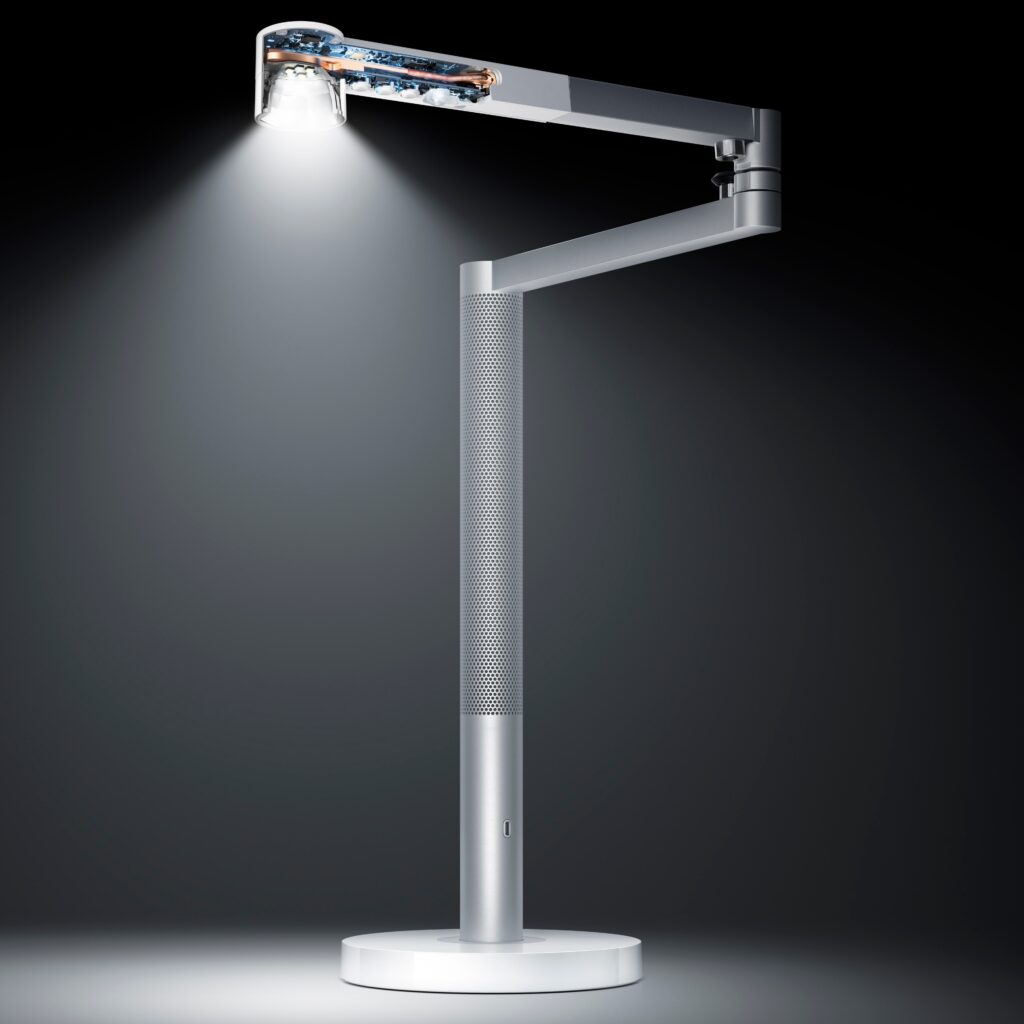
When the British design and technology legends, Dyson, enter a new segment, they seem to set themselves to the challenge of how they can push the design and function of that product to the absolute limits, with no compromises for convention or price. This is sometimes a hit, such as with their famous vacuums, and sometimes a dud, like their air-filtering, $1000 noise-canceling headphones, which I tried earlier this year for the Spectator. They aren’t bad headphones— in fact, they sounded fantastic when the air filtration wasn’t turned on — but they were far too expensive for a gimmick few will use.
And so, when they sent me a review unit of their lamp, the Solarcycle Morph, I was curious but sceptical. Five months later, I can say it’s certainly in the hit category. In fact, it’s probably the best product they make, because there’s no competitor like it. The lamp has motion sensors to turn on and off when you approach it; an adjustable arm that swings out for perfect positioning, and can swing back to become an ambient light; it automatically adjusts brightness and light temperature based on the exact light of your area, helped by GPS; and all of this can be controlled by swipe gestures on the lamp, or through an app on your phone. It even has an away-from-home function, which makes it randomly turn on and off to ward off potential thieves, and a sunrise alarm function, slowly brightening to wake you in the mornings. Dyson also assures you that its LEDs will last 60 years; and it’ll probably still look modern at that point.
Can I recommend a $649 lamp? To the average reader, no. However, if you spend a lot of time reading, and have bought yourself an Eames lounger or similar fancy chair for doing so, it’s not simply an expensive gimmick; it’s the best desk lamp you’ll ever try. Much like their vacuums, Dyson’s lamp is far from the value-for-money-option, but it is a truly luxurious, highly functional piece of tech, which makes reading more comfortable and pleasant. Plus, there’s something truly magical about sitting down in a chair and a lamp turning itself on to greet you. If I won the lottery, I’d fill my house with them.
Loffee Flow Keyboard
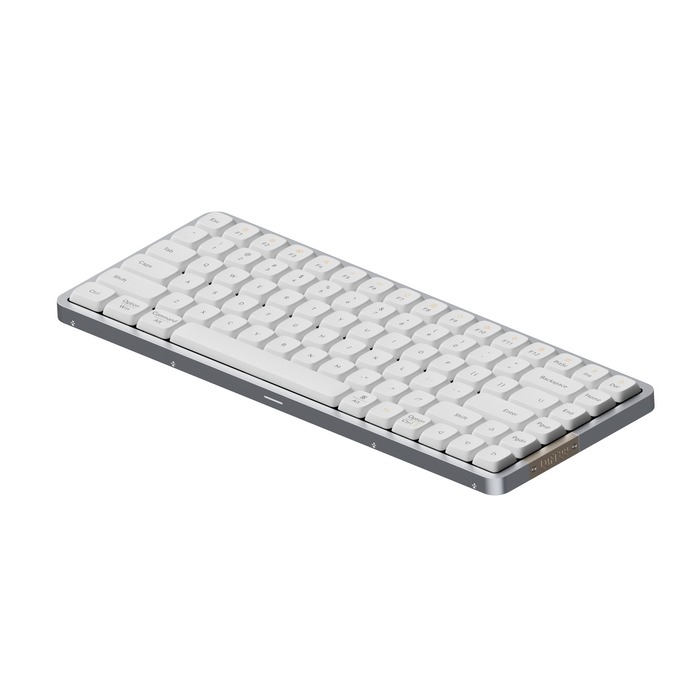
Only a few years ago, the options for relatively affordable mechanical keyboards, with wireless Bluetooth connectivity, multi device support, and hot swappable keycaps and switches were fairly limited. In fact, unless you built it yourself, the only choice was Keychron; and though their keyboards are good, they are somewhat generic. Now though, there is a wide ecosystem of interesting companies making cool keyboard options, and the best I’ve tried is the new Flow by Loffee.
It has a soft, premium design, with white or black premium PBT plastic keys, soft backlighting, and an all-aluminum frame. It has mechanical keys, but they’re of the low-profile variety, meaning you can type at laptop speed without losing the more definitive feel and soft thick sound of a classic mechanical keyboard. You can make the keyboard glow in any number of bright colors, but I set it to white, and all of this is controlled on device — no need to download some cumbersome proprietary software.
The only issue I’ve found is that the keyboard needs to be charged every night if you are using the lights — as you should — but this isn’t much of an inconvenience, and even if you do forget, you can run it plugged in. All of this is for $159; not cheap, but for a premium, elegant keyboard, it’s definitely worth the money.
Logitech Casa Case Pop-Up Desk
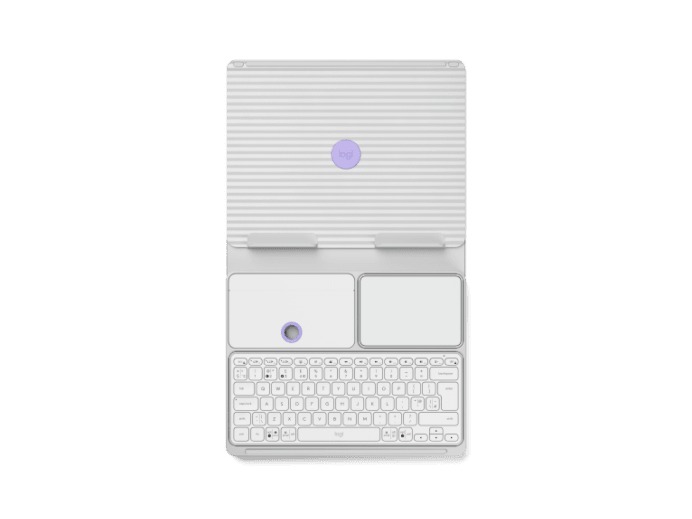
Peripheral giant Logitech hasn’t released this product worldwide yet, but invariably they will, and it’s the best mobile desk package I’ve ever tried. What does that mean? It’s an elegant little box, containing a keyboard and wireless trackpad, that unfolds to become a laptop stand, creating the perfect from home-office-away-from-home for those who like working in coffee shops. Logitech has marketed this mostly at young women — offering it in bright pink, along with black and white — and it’s sold well for this base, but it’s a great choice for the mobile professional. My only issue with it is that, though the keyboard and trackpad are fine, it’s not a cheap package at $230. My other slight frustration is that the Casa’s wireless trackpad is the only wireless trackpad on the market that supports Windows, and I wish they sold it separately, or sold a more premium version as part of their MX line to compete with Apple’s Magic Trackpad. As it stands though, whether you’re a college student or traveling professional, the Casa is a great little kit, and you should expect it on sale in the US sometime next year.
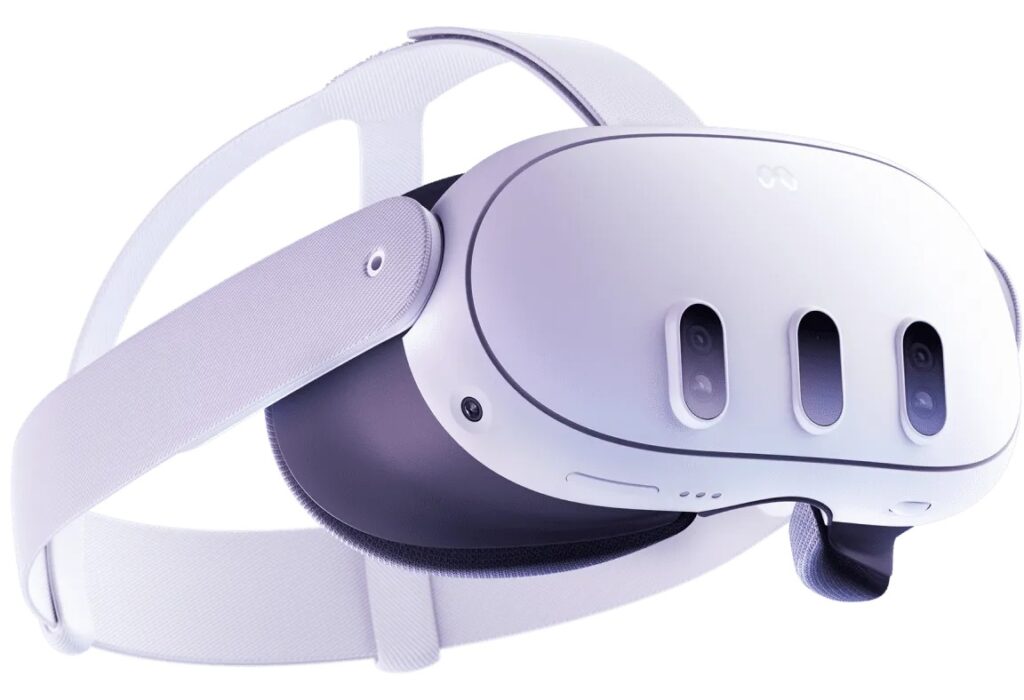
Next year, Apple will release the Vision Pro virtual reality headset, and it’s bound to be the best virtual reality headset ever released. I’m really excited to try it, but I will not be buying it, as it starts at $3,499. If you are happy settling for the second best though,
Meta’s Quest 3 is a seismic leap forward from previous VR headsets, with excellent visual quality, low latency, and a rich accessory ecosystem, all starting at $499. That’s a jump from their previous Quest 2, but this is such an improvement that it’s worth every penny. Every other VR headset I’ve tried has felt like a fun but incomplete product, but the Quest 3 shows just how good they can be. Steaming “Half Life Alyx” and “Superhot VR” from my gaming laptop has been a delight, and I have spent hours straight playing “Spawn” and “Beatsaber” particularly. My only word of advice is to dump the base fabric strap — which can’t bear the weight of the headset, making it sore to wear after 45 minutes or so — and buy the BoboVR M3 Pro strap, which is absolutely worth the $50. It’s so comfortable that I have watched a full film on a giant virtual cinema screen and not had to adjust it throughout.
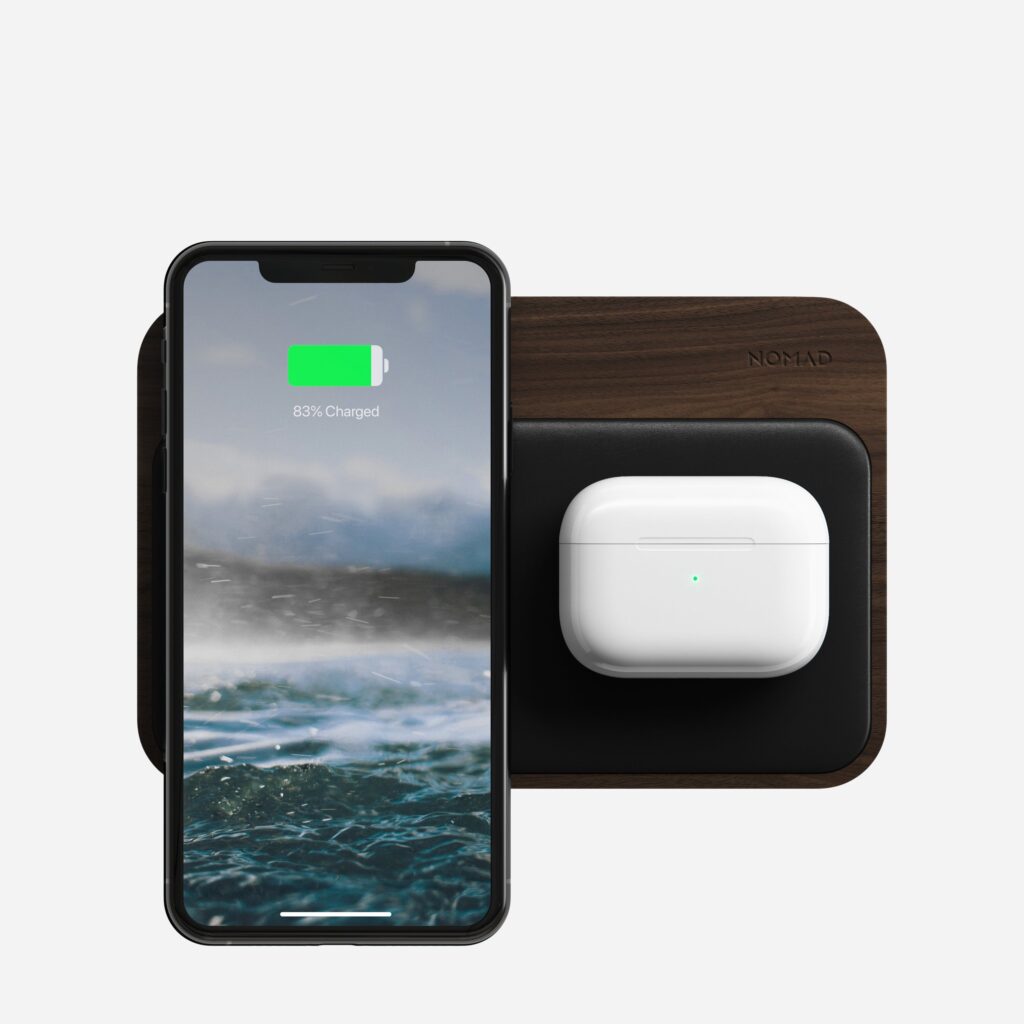
Wireless chargers are phenomenally boring, but the best I’ve tried is the Nomad Base Station; a clean wood and faux-leather charger, which can wireless charge two phones at once, and has an additional charging port beside it. It’s elegant, reliable and charges quickly. If you have an iPhone and Apple Watch, I can also recommend their Base One Max, as the perfect bedside wireless charging set-up.
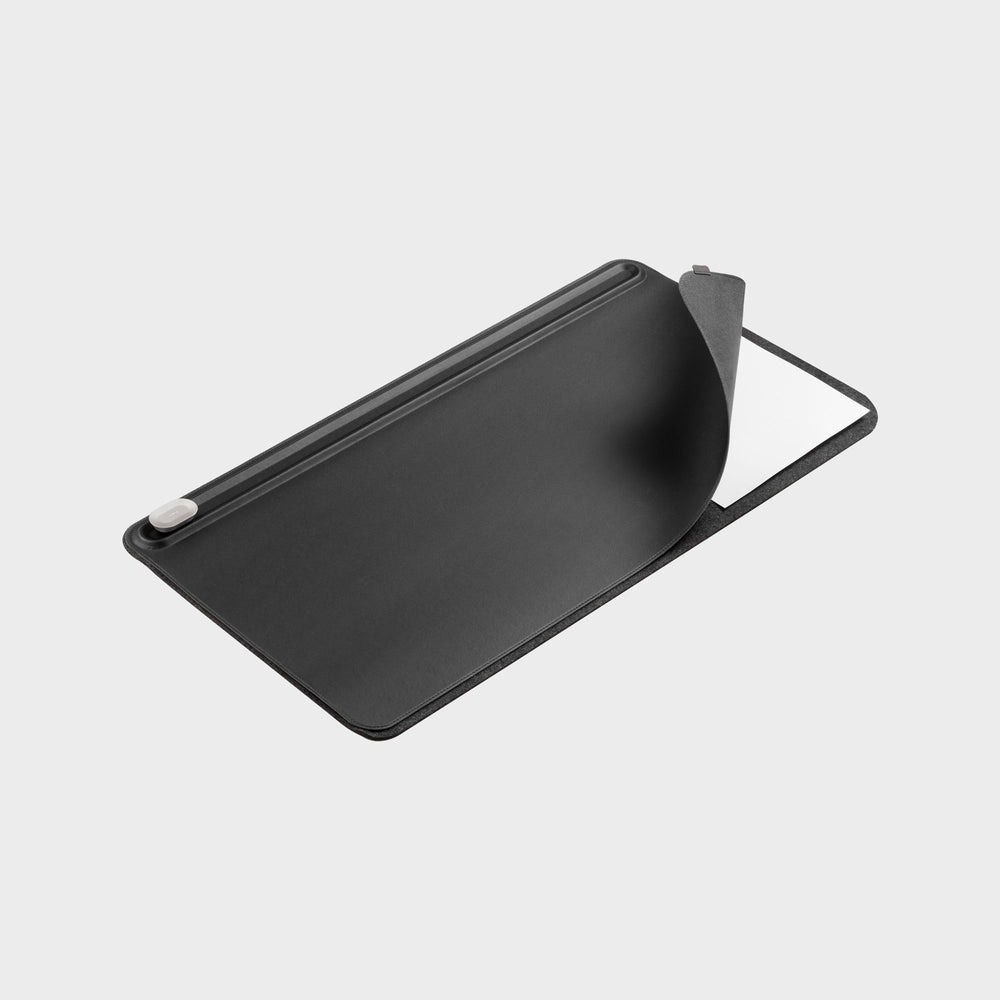
If wireless chargers were boring to write about, desk mats seem even worse, but Orbitkey’s desk mat is a fun addition to your workspace. At the top of its black or cream faux-leather surface is a magnetic channel, for pens and charging cables, with little metal clips to hold them in place, and the whole mat lifts up to reveal a paper holder within it, allowing you to store and secure documents you need as you work. Unlike felt and fabric desk mats that stain, this mat will resist spills and coffee-cup bottoms, and still looks great six months after it arrived.
Pi AI Assistant
In a year with more drama and hype about artificial intelligence than actually useful products, Pi.Ai is the one tool that I have continued consistently using. Made by Inflection AI — co-founded by AI royalty, Mustafa Suleyman of DeepMind, Reid Hoffman of LinkedIn and Karén Simonyan — it’s a chatbot, akin to ChatGPT, but with more focus around a helpful conversational style. I have tried every AI tool on the market, but this combination of friendly manner with useful results has made it the one chatbot I still use several times a day, for recipe suggestions, currency conversions, trivia queries or technology troubleshooting. It’s free to use and has apps for every platform.

